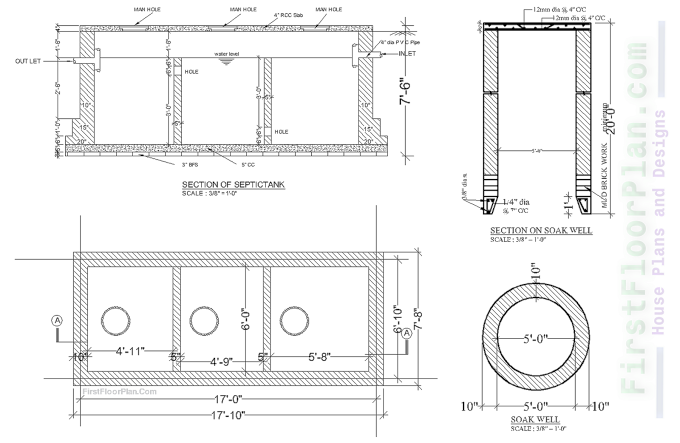Screeding can be done manually or with the use of
specialized equipment. Manual screeding involves using a screed board, a long,
straight board made from wood or aluminum. The board is placed on top of the
concrete surface and moved back and forth, in a sawing motion, to level the
surface. This process requires a great deal of skill and experience to ensure
the surface is level and smooth.
On the other hand, mechanical screeding makes concrete screeding easy.
It involves using specialized equipment such as a vibrating screed, laser
screed, or roller screed. These machines are designed to make the screening
process faster and more efficient while ensuring higher accuracy. The vibrating
screed, for example, uses a motorized screed board that vibrates at a high
frequency to level the surface. The laser screed uses a laser-guided system
that ensures the surface is level to within a few millimeters. The concrete
roller screed uses a series of rollers to level the surface of the concrete.
Regardless of the method used, screeding is a critical
step in the construction process, and it is essential to get it right. The
following are some of the benefits of concrete screeding:
Even Surface: Screeding
ensures that the concrete surface is level and even. This is important for
further construction work as it ensures that the subsequent layers of
materials, such as tiles or paving stones, are laid evenly.
Improved Durability: A level and even surface are less likely to develop
cracks or other forms of damage. This is because the weight of the construction
material is evenly distributed across the surface, reducing the likelihood of
stress points developing.
Improved Appearance: A smooth and even surface is visually appealing and
can add to the aesthetic appeal of the building or structure.
Cost Savings: Ensuring
that the surface is level and even reduces the need for repairs or replacement.
The screeding process can be challenging, and several
factors must be considered to ensure that the surface is level and even. These
factors include the quality of the concrete mix, the temperature and humidity
of the environment, and the screeder's skill and experience level.
The quality of the concrete mix is critical to the
screeding process. The mix must be consistent, with the right amount of water
and other additives. If the mix is too wet or dry, the screed board may not be
able to level the surface effectively, resulting in an uneven surface.
The temperature and humidity of the environment can also
affect the screeding process. Concrete sets and cures faster in warm and dry
conditions, making it more challenging to level the surface. In colder and more
humid conditions, the concrete sets and cures more slowly, making it easier to
level the surface.
Finally, the skill and experience of the screeder is
critical to the success of the screeding process. Screeding requires a great
deal of skill and experience to ensure the surface is level and even. A skilled
screeder will be able to identify any low spots or holes and fill them
appropriately, resulting in a smoother surface.
In conclusion, concrete screeding is a critical step in the construction process that should not be overlooked or underestimated. Whether done manually or with the use of specialized equipment, it is essential to ensure that the surface is level and even, as this will significantly impact the durability, appearance, and functionality of the finished product. By considering the various factors that can affect the success of the screeding process and choosing the right type of screed for the specific needs of the construction project, it is possible to achieve a high-quality finish that will stand the test of time.











%20House%20plan%20with%207%20storey%20Apartmen%20building%20Structural%20desing%20%20DWG%20&%20PDF.jpg)
